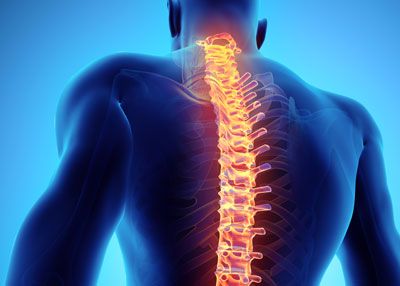What is the difference between a torn ACL and MCL?
There are four ligaments in the knee: the anterior cruciate ligament (ACL), posterior cruciate ligament (PCL), medial collateral ligament (MCL), and lateral collateral ligament (LCL). The ACL and PCL stabilize front-to-back knee movements, while the MCL and LCL stabilize side-to-side movements.
The ACL can be sprained or torn if the knee is straightened beyond its normal limits (hyperextended), twisted, or bent side-to-side. A sprained or torn ACL is common in sports and usually results from a hard stop or aggressive twisting of the knee. The PCL is the least common ligament to be injured.
The MCL is injured when a force is exerted on the outside of the knee, pushing it inward, while the LCL is injured by a force exerted on the inside of the knee that pushes it outward. This type of hit is frequent in contact sports like football or hockey.
A torn knee ligament is usually accompanied by feeling or hearing a pop in the knee at the time of injury, severe pain and swelling, and joint instability.




